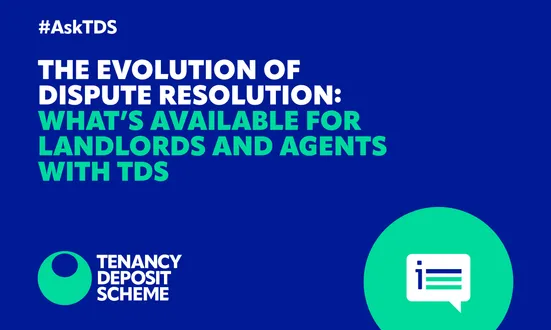If left unattended, mould can wreak havoc in homes, causing wooden window frames to rot, staining carpets, and damaging walls resulting in peeling and cracks. It can also lead to various health issues including respiratory infections, allergies, and severe health problems demanding immediate attention.
What is mould?
Mould is a fungus that reproduces and spreads from tiny spores which float through the air and are invisible to the naked eye. Mould quickly forms when the spores land on moist surfaces caused by condensation or damp that has been left untreated.
What causes mould?
There are a variety of housing conditions that put people at increased risk of exposure to damp and mould. They include:
- homes where residents feel unable to open windows due to concerns about security, noise, or high outdoor air pollution
- homes that are poorly or inadequately insulated
- homes with inefficient or ineffective and expensive to run heating systems
- homes that are poorly ventilated
- homes without adequate damp proof courses
- homes that are poorly maintained
- homes that are overcrowded
What are my landlord’s responsibilities?
If you notice that mould has appeared, you should tell your letting agent or landlord as soon as possible both verbally and in writing, so you have a record. The landlord should arrange an inspection.
As summarised in Government guidance, there are several legal standards covering damp and mould that landlords must adhere to. This means that when a tenant notifies a landlord that there is damp and mould in a property, it is important that the landlord takes the concern seriously.
Landlords should establish the source of the damp, whether there is any defect to the property that is causing it, and then carry out the appropriate remedial work. Landlords should not assume they will be able to diagnose the problem themselves in all instances and should seek guidance from an appropriately qualified professional.
While there is currently no specific timeframe within which work to address damp and mould must be undertaken, landlords should always respond promptly and address this issue as a matter of urgency when there is significant damp and mould and/or when there is a significant concern for tenant health.
If your landlord fails to provide you with sufficient advice, or take any action to fix the problem, you could raise your concerns with your local council. You can find your local council here.
You can find out more about what to do if a landlord or letting agent fails to respond to a request for repair here.
Landlords right to enter
Landlords have a right to enter their properties, with reasonable notice, but only in specific circumstances which may include:
- to inspect the conditions of the premises
- to perform repairs
- access to provide services
What can I do to prevent mould?
To try to prevent mould from occurring in the first place, tenants can keep moisture to a minimum by:
- Keeping kitchens and bathrooms well-ventilated by opening windows and using extractor fans where available.
- Keeping doors closed when cooking or bathing.
- Putting wet laundry that is drying indoors in a well-ventilated room with the door shut.
- Not pushing furniture up to walls to allow air to circulate.
- Keeping internal temperature in property as constant as possible.
About the author

Dr Jennifer Harris, Head of Policy and Research at The Dispute Service
Dr Jennifer Harris is Head of Policy, Research and Strategy at The Dispute Service where she is establishing a new department to support an impartial and evidence-based approach towards improving standards in the private rented sector. Jennifer holds a PhD from the University of Bristol Law school. Prior to joining The Dispute Service she led the Raising Standards in the UK Private Rented Sector research programme within the UK Collaborative Centre for Housing Evidence (CaCHE) and has also worked as the Research Manager at the national organisation Homeless Link.
About TDS
The Tenancy Deposit Scheme is part of The Dispute Service (TDS), the largest tenancy deposit protection (by value) and resolution service provider in the UK making life easier for tens of thousands of agents, landlords, developers, and millions of tenants and homebuyers.
Our award-winning customer service is highly rated on both Trustpilot and Google, and we’re backed by the NRLA, Propertymark and RICS.
We provide quick and hassle-free online deposit protection, free guides and information in our online help centre, free dispute resolution and free mid-tenancy mediation for tenants and landlords.
Our free tenant lifecycle app, tlyfe, makes renting smarter. Manage your TDS deposit, get pre-qualified, build your credit ratings, and more.
Other news stories


